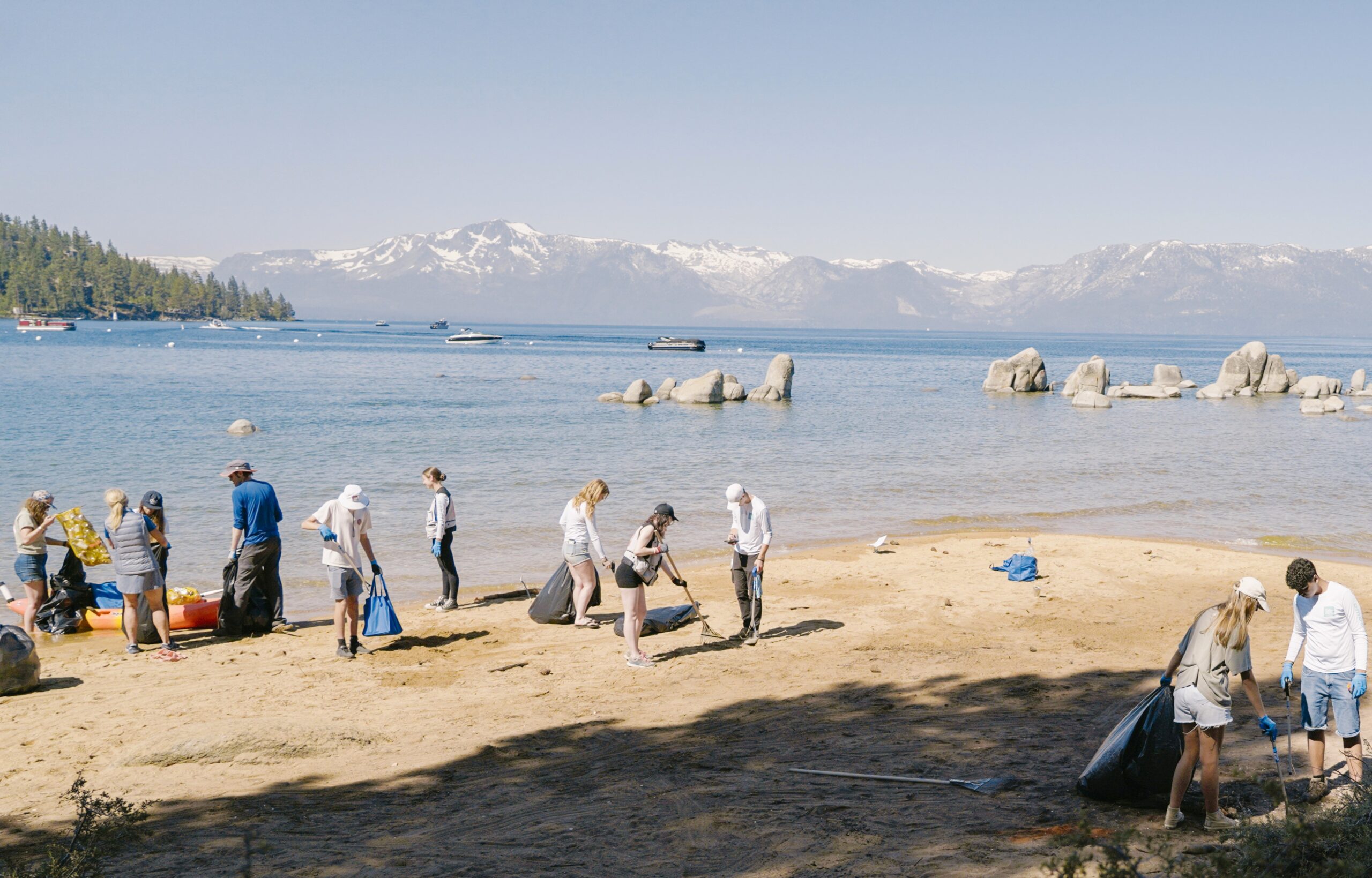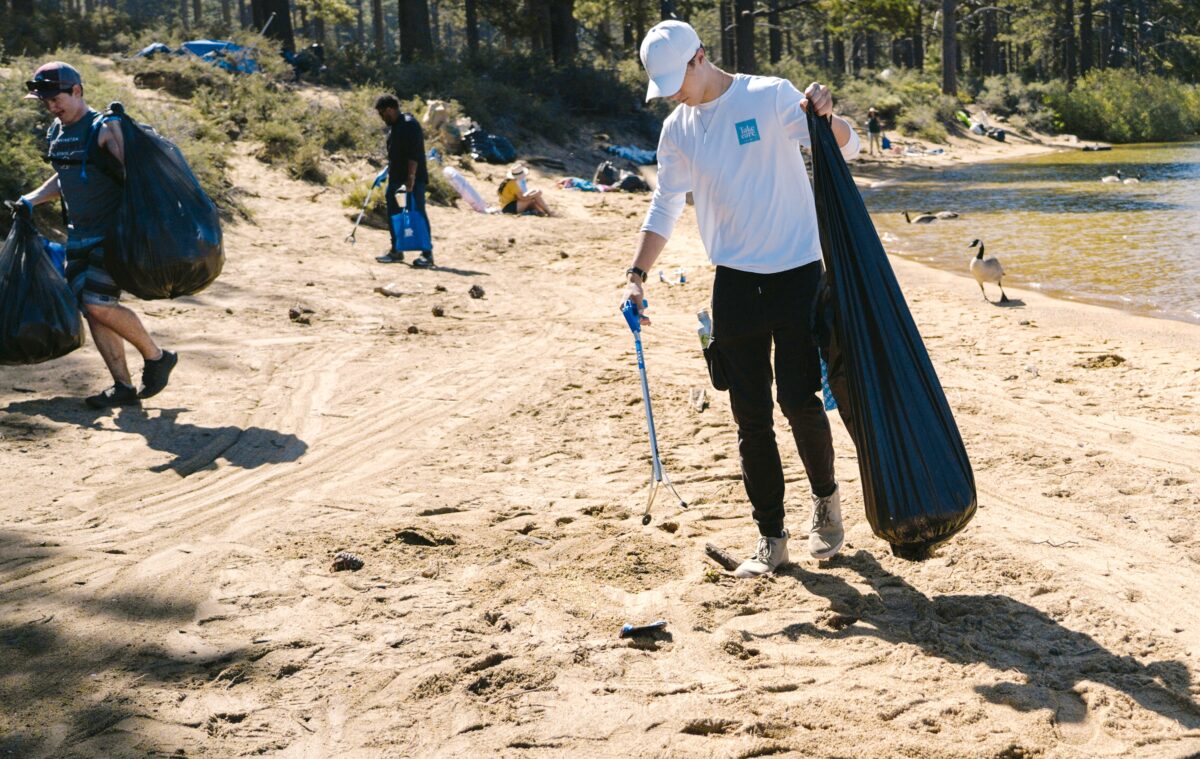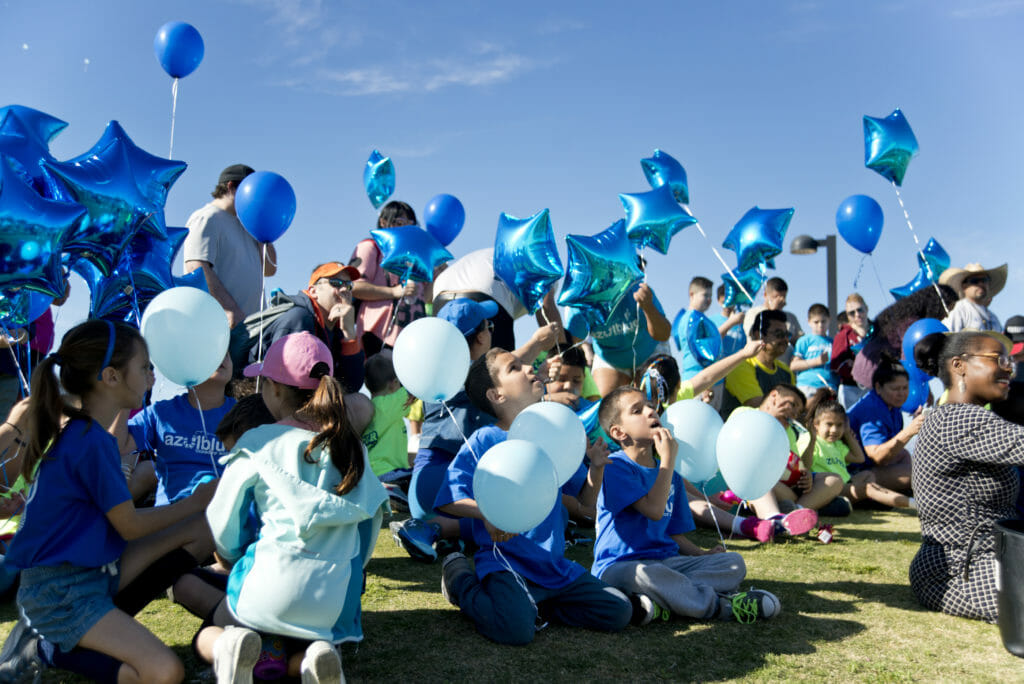Indy Environment: Visitors trashed Tahoe last July. Will they do it again?

Good morning, and welcome to the Indy Environment newsletter. I'm Amy Alonzo, the environment reporter for The Indy.
There’s an ideology that originated in the 1970s known as “leave no trace” — meaning if you head outdoors, be a responsible land steward and try to leave the land the same as you found it.
Decades ago, while on a multi-day backpacking trip for work with a hardcore leave-no-trace advocate, we discovered maggots in our food. While I wanted to huck the infested food into the bushes, the leave-no-trace concept mandated we carry the food out with us, maggots and all. By the end of the trip, all of our food was infested and nothing was edible. It was a long, hungry hike out.
Last summer, some Fourth of July revelers in Lake Tahoe celebrated in a way that ignored the leave-no-trace concept, leaving thousands of pounds of trash on the lake’s beaches.
This year, Tahoe officials are hoping to get ahead of the problem. Let’s hope that, even if people don’t leave the beaches better than they found them, they don’t leave them worse.
As always, we want to hear from readers. Let us know what you’re seeing on the ground and how policies are affecting you. Email tips to me at [email protected].
To get this newsletter in your inbox, subscribe here.

Last summer, Americans issued a collective gasp of horror as images of trash mounds left on Lake Tahoe’s beaches following Fourth of July celebrations flooded traditional and social media.
At the center of the collective shock was the roughly 6,300 pounds of trash left at Zephyr Shoals, a three-quarter-mile-long beach on Lake Tahoe’s east shore.
The beach wasn’t strewn with just loose baggies or forgotten food wrappers. Visitors used the beach as a giant waste receptacle, leaving behind coolers, broken chairs, busted up shade structures and empty tubes of sunscreen.
It wasn’t the first time a Tahoe beach had been trashed. But the sheer volume of garbage left on less than a mile of otherwise pristine shoreline stood out to Tahoe officials and those who oversee cleanup efforts within the basin.
“The trash has quadrupled, if not even more,” said Douglas County Undersheriff Ron Elges, who has worked Fourth of July in the Tahoe Basin for more than two decades. “It’s a simple thing. You brought it in, you take it out.”
This year, Tahoe officials and agencies are taking steps to prevent a repeat of the Zephyr Shoals debacle.
The League to Save Lake Tahoe and the U.S. Forest Service’s Lake Tahoe Basin Management Unit are rolling out Tahoe Blue Beaches, a three-pronged initiative to educate visitors with social media and signage, add infrastructure such as cigarette disposal canisters and dumpsters to reduce the amount of garbage left behind and increase enforcement, specifically in the Zephyr Shoals area.
This July, 44 portable toilets, eight handwashing stations and 46 trash receptacles will be added to Zephyr Cove and Zephyr Shoals to accommodate the surge in visitors.
If a critical mass of people can be reached before the holiday, said Chris Joseph, communications director for the League to Save Lake Tahoe, those people will model how to behave on a beach, and hopefully “other people will arrive and follow suit.”

Keeping Tahoe’s beaches blue
There are 154,000 acres of National Forest land at Lake Tahoe, but most holiday visitors flock to a few concentrated areas. Zephyr Cove and Zephyr Shoals are two of them.
Acquired by the Forest Service as part of a land swap in 1996, Zephyr Shoals’ three-quarter-mile-long beach offers a more primitive experience than Zephyr Cove, its more developed neighbor. But that lack of development also means a dearth of restrooms and trash receptacles, leaving it up to visitors to responsibly pack out their waste.
Last year, visitors to the Shoals demonstrated they couldn’t handle that responsibility.
Approximately 8,600 pounds of trash were picked up at six Tahoe area beaches in just three hours on July 5 — 6,300 pounds of that trash was left at Zephyr Shoals.
After last year, the Forest Service, which manages 14 beaches in the Lake Tahoe Basin, contracted with a concessionaire to manage Zephyr Shoals year round.
“It will be easy to find a place to properly dispose of your garbage and there will be significantly more toilets available,” Joseph said.
And three times more security guards and law enforcement personnel patrolling the Zephyr beaches than last year will ensure there is a backstop for the rules in place.
“We’d like people to have a plan and know what to do by preparing ahead of time,” Joseph said. “We all want to see it blue and beautiful.”
And for the first time, parking will be unavailable on the sides of Highway 50 for those looking to visit the Zephyr beaches.
Parking along the highway created “a crazy hazard,” Joseph said.
Visitors can park at lots operated by the concessionaire, and Douglas County will offer limited, paid parking — $100 for the day — at nearby schools and parks for any non-county residents. County residents will be able to park for free at a nearby parking area.
‘It’s overwhelming because of the numbers’
For decades, law enforcement and the Forest Service have battled a “number of under-age visitors who descend on the resort in large numbers to party and drink until nightfall” and “raucous and rowdy behavior,” including a 1998 “bottle-throwing melee” at Nevada Beach, located just a couple miles south of Zephyr Cove.
Douglas County code now prohibits alcohol on Nevada Beach on the Fourth of July, and the number of conflicts at that beach have gone down, Elges said, “probably because of the alcohol ban.”
The Forest Service prohibits alcohol at Nevada Beach and Zephyr Cove Resort — and by extension, Zephyr Shoals — on July 4, and at Chamber’s Landing Beach from July 1-4. This year, according to Joseph, alcohol will only be allowed at the beer garden at Zephyr Cove.
To enforce that, Aramark, the concessionaire at Zephyr Cove and Zephyr Shoals, will beef up its security, and the Douglas County Sheriff’s Office will be patrolling the area with 18 deputies and two sergeants, along with help from the Carson City Sheriff’s Office.
“On Fourth of July, it’s pretty much all hands,” Elges said. “Everyone works, even the sheriff. It’s overwhelming because of the numbers. You’ve got 3,000 people up there and you’ve got six cops trying to manage that many people.”
Earlier this month, the Record Courier reported that the Douglas County Sheriff’s Office was dispatched to Zephyr Cove 19 times in May. Ten of those visits were fights involving juveniles.The violence prompted officials to close Zephyr Cove and Round Hill Pines and Nevada beaches on May 31.
“Zephyr Cove beach has the reputation of being the party beach in Douglas County,” Sheriff Dan Coverley told the Record Courier. “Based on what has happened so far, I fear it will only get worse as the summer gets started and the weather gets warmer.”
Colin West, founder of the nonprofit group Clean Up The Lake, said clean up efforts need to focus not only on keeping an eye out during the holiday, but on also monitoring social media ahead of time.
After last year, groups such as his found multiple TikTok and Instagram posts promoting the Zephyr Shoals party. This year, he and others from his organization will be checking social media before the holiday to look for notices of parties.
Whether guests choose to use the trash receptacles or repeat last year’s mess, cleanup efforts such as the league’s annual “Keep Tahoe Red, White and Blue” beach cleanup on July 5 will still serve as backup.
But there are still the people West saw on social media last year posting that they’d donate money to a cleanup effort rather than clean up after themselves.
“It’s infuriating,” West said.

Here’s what else I’m reading (and listening to) this week:
On the heels of two wet winters, most of California’s major reservoirs are above their historical averages. Those looking to increase the state’s storage capacity by building a reservoir outside Sacramento emerged victorious in a lawsuit filed by environmentalists seeking to halt its construction, a ruling praised by Calif. Gov. Gavin Newsom, the Los Angeles Times reports.
Las Vegas City Council bans the release of helium balloons into the air, via the Las Vegas Review-Journal.
NV Energy’s Greenlink project is coming in over budget, and ratepayers will foot the bill, according to the Las Vegas Review-Journal.
KNPR dives into the issue of wild horses, talking with a horse advocate and the Bureau of Land Management.
